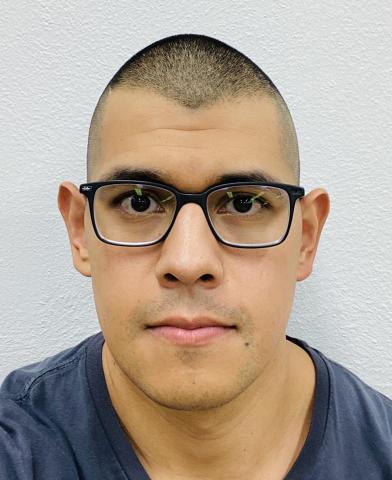Disentangling the Feedback Signals Coordinating the Ion Channel mRNA Profile of Motor Neurons of the Crustacean Stomatogastric Ganglion
Disentangling the Feedback Signals Coordinating the Ion Channel mRNA Profile of Motor Neurons of the Crustacean Stomatogastric Ganglion
How do neural networks reliably produce motor behaviors over the course of an organism’s life? Remarkably, neural networks are able to stabilize their outputs in spite of different physiological perturbations. To better understand the mechanisms that favor network output stability, we have utilized the stomatogastric ganglion (STG) of the crustacean crab Cancer borealis. The STG is a small central pattern generating motor network that produces two rhythmic motor outputs: one that is continuously active for the duration of the crab’s life and one that is transiently active.
Reliable neuronal outputs are determined by the precise coordination of ionic conductances. Interestingly, the ion channel mRNAs that encode these conductances have also been found to be correlated in expression in a cell-type specific manner in STG neurons. Thus, ion channel mRNA correlations may be important to promote neuronal output stability. Recent work has proposed activity (in the form of membrane voltage) as the main feedback signal coordinating these mRNAs in continuously active motor neurons in the STG.
However, in the absences any obvious activity-dependent feedback, neurons with multiple states of activity may necessitate other feedback solutions to coordinate the ion channel mRNA profile necessary to resume and recapitulate reliable outputs.
To address this, we used the transiently active lateral gastric (LG) neuron of the STG. We then induced the active state of LG neurons and quantified the mRNA abundances and pairwise relationships of 11 voltage gated ion channels in active and silent LGs.
Activation of LG lead to a greater number of positively correlated pairwise channel mRNA relationships in LG. This suggests that changing the state of a transiently active neuron induces feedback-dependent changes to its mRNA profile. Additionally, we found that ion channel mRNA correlations induced by the active state of LG are coordinated by a combination of activity dependent and neuromodulatory dependent feedback signals. Interestingly, some of these same correlations are maintained by distinct mechanisms in the pyloric dilator neuron (PD: continuously active), suggesting that motor networks utilize multiple feedback solutions to coordinate the same mRNA relationships across distinct neuron types.
We also wanted to know how silent LG neurons were able to establish the ion channel profile necessary to restart their outputs in the absence of any continuous activity dependent feedback. To investigate this, we measured 3 potassium currents and their corresponding mRNA transcripts in silent and active LG neurons. We found that ion channel mRNAs became correlated only during the active state of LG, but the corresponding currents became correlated only in the silent state. We compared these results to similar results published in constitutively active PD neurons. We found that ion channel mRNAs correlations and ionic current correlations both track each other only in the active state of PD. These comparative results suggest that each neuron type uses a different strategy to regulate the interaction between their ion channel mRNAs and ionic currents that is cell-type dependent. Thus, we hypothesize that the active state of LG neurons may serve to build a coregulated pool of channel mRNAs that is translated into functional protein after LG activity ceases; this can then establish the ionic current profile necessary for LG to resume its activity.
Doctoral Program Committee
David Schulz, Ph.D. (chair), Division of Biological Sciences
Anand Chandrasekhar, Ph.D., Division of Biological Sciences
Bing Zhang, Ph.D., Division of Biological Sciences
Nicole Nichols, Ph.D., Department of Medical Sciences
Career plans: Joe has accepted a postdoctoral position at MU’s Next Gen Precision Health working in the laboratory of Dr. David Arnold.

Jose Viteri
Ph.D. Candidate - Schulz Lab
Division of Biological Sciences
University of Missouri